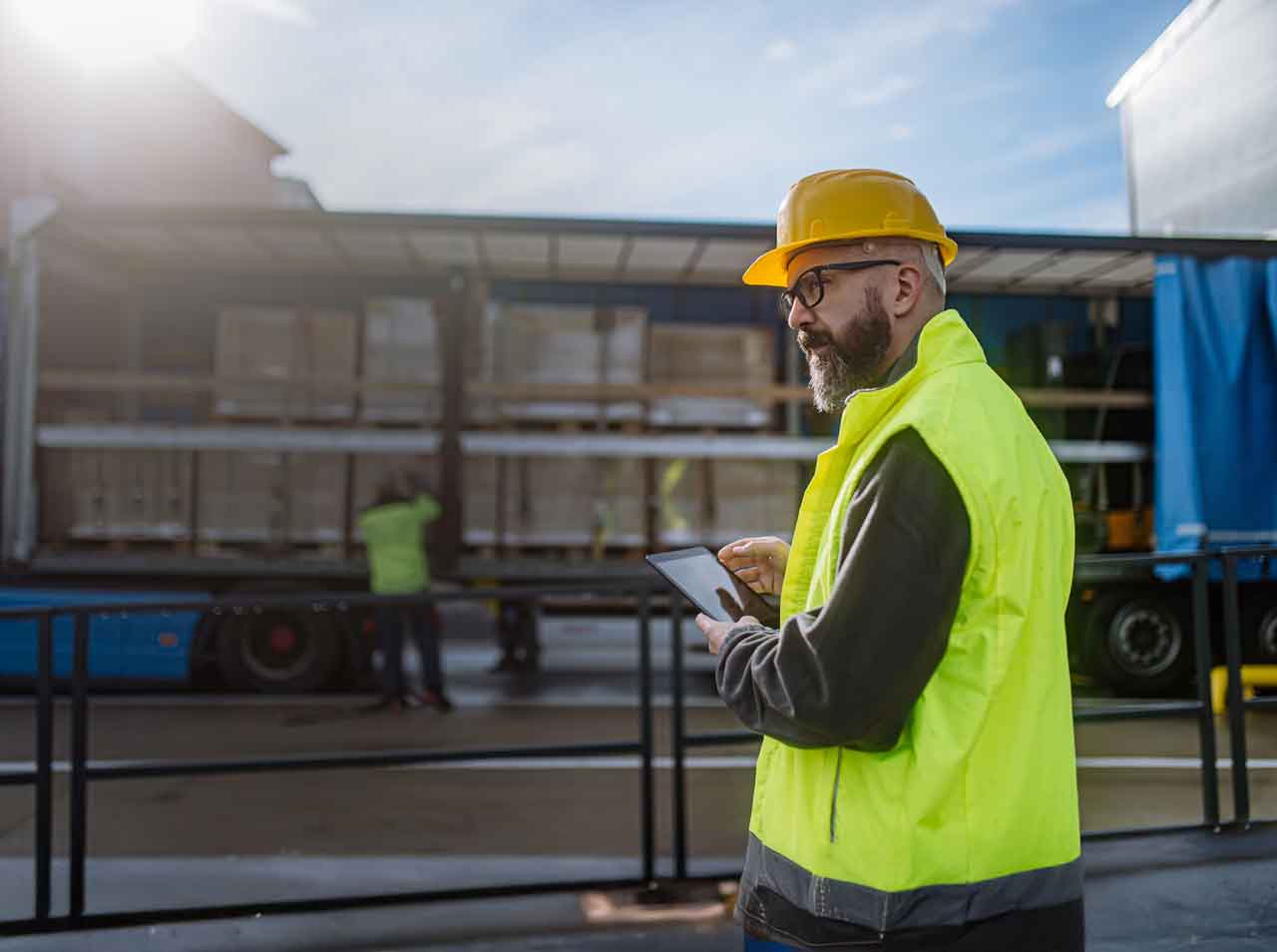The seal component of the Open Logistics Foundation’s eCMR software is based on advanced electronic seals. What exactly does that mean?
The eIDAS Regulation – short for “electronic IDentification, Authentication and trust Services” – is a regulation of the European Union that governs the legal framework for digital identities, electronic signatures, seals, and trust services across all of Europe. Article 36 of Regulation (EU) No. 910/2014 sets out the requirements for an advanced electronic seal. For example, it must be uniquely linked to the creator of the seal and enable the identification of the seal’s creator.
What distinguishes the eCMR solution?
The advanced electronic seal is linked to a company’s identity using established and internationally recognised standards, such as ETSI TS 119 182-1, while the seal components are based on the identities of the employees. ecsec applied a “blueprint” it developed itself, which has already proven effective in many cases with public authorities, organisations, and industry; and adapted it – in close coordination with the Open Logistics Foundation and those responsible for the eCMR project – to the specific professional requirements of the logistics sector. Advanced electronic seals ensure the integrity of the eCMR by cryptographically linking the seal to the eCMR data to be sealed. Any subsequent and unauthorised change to the eCMR is immediately detected. This also meets the requirements of Article 36 of the eIDAS Regulation. As a result, the eCMR is significantly more secure than paper-based CMRs. If required, the advanced electronic seal can even be traced back to the individual person who triggered it.
How future-proof is the solution?
The eCMR is a very important initial use case for the server-based European Business Wallet (EUBW), which is already available today as a complement to the smartphone-based European Digital Identity Wallet (EUDIW). After all, what better way to match the European Union’s aim of promoting cross-border cooperation within the European Single Market than the eCMR, which helps build interoperability between digital economies in a trustworthy manner?
This interview was published in the fifth edition of the Open Logistics Magazine. You can read the full magazine and register for future editions here.





